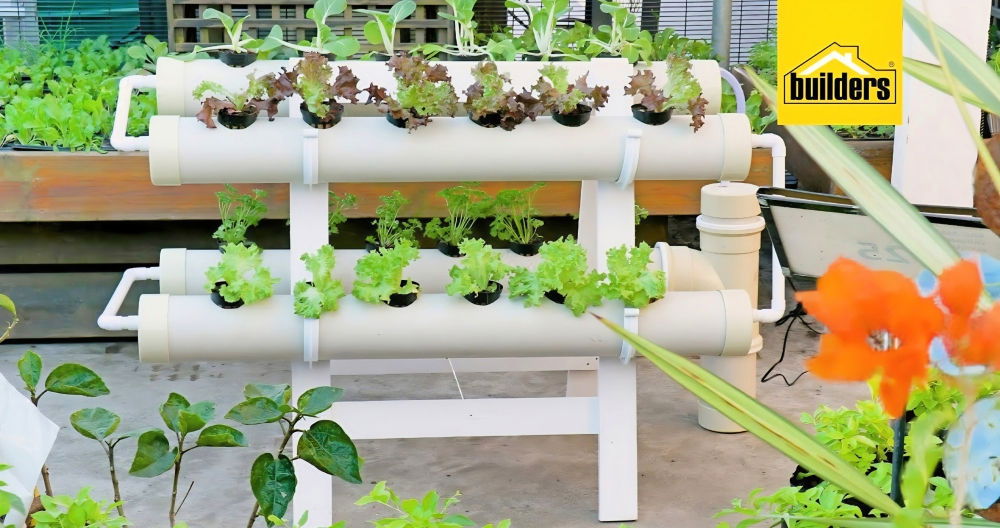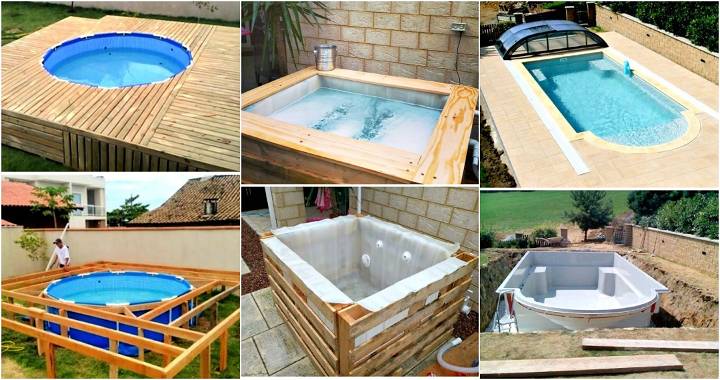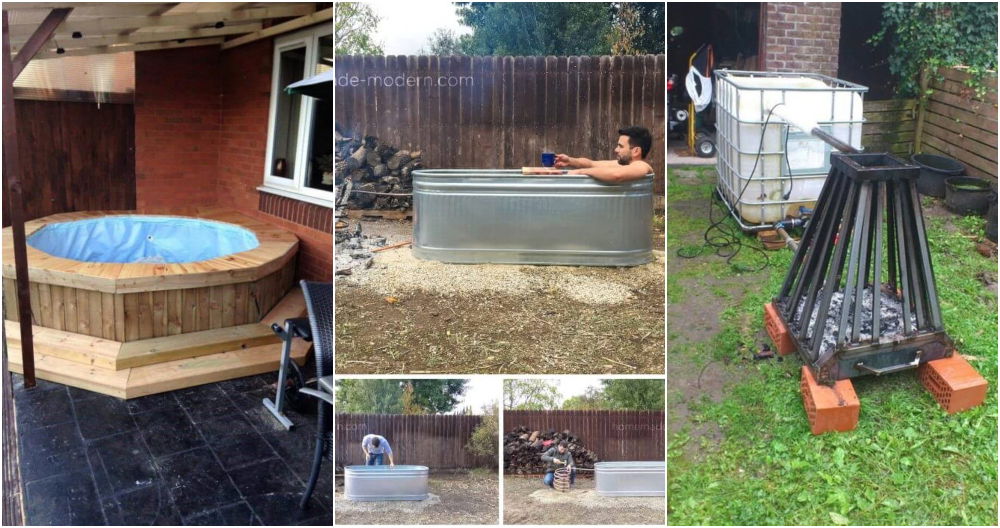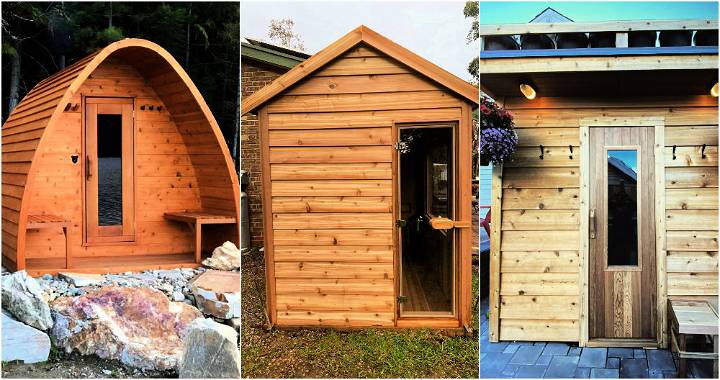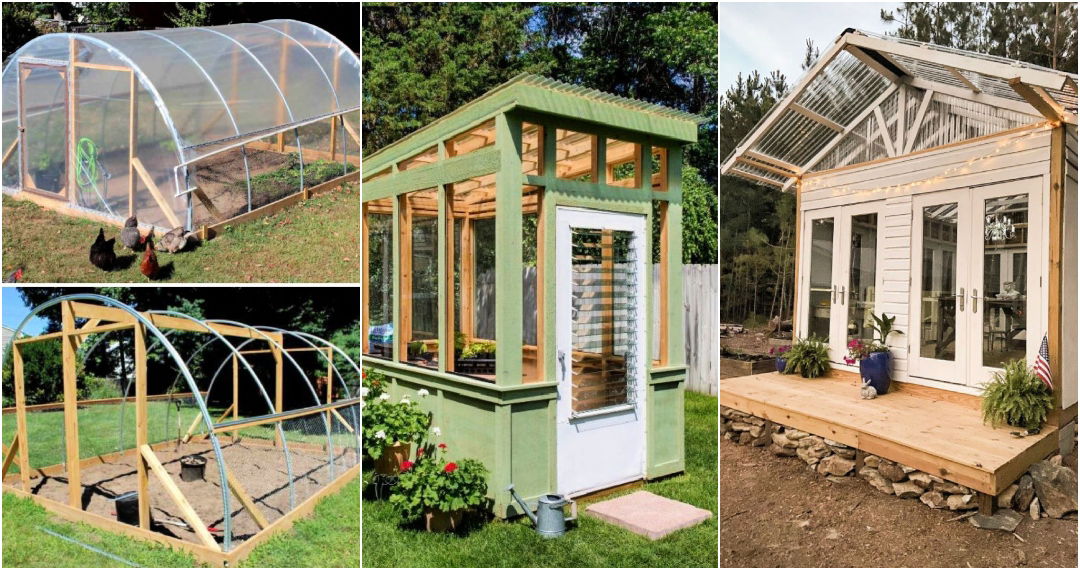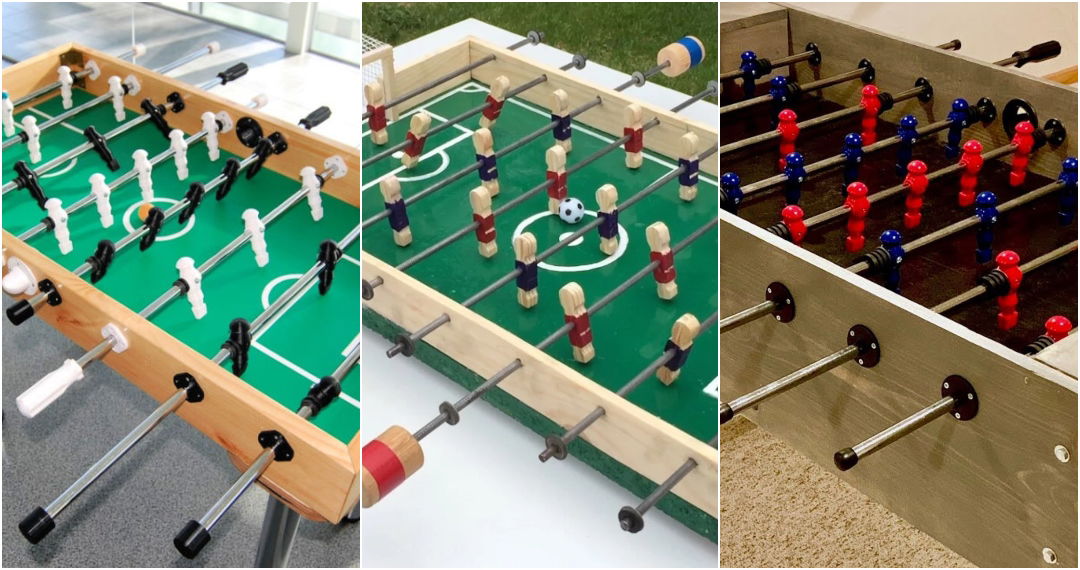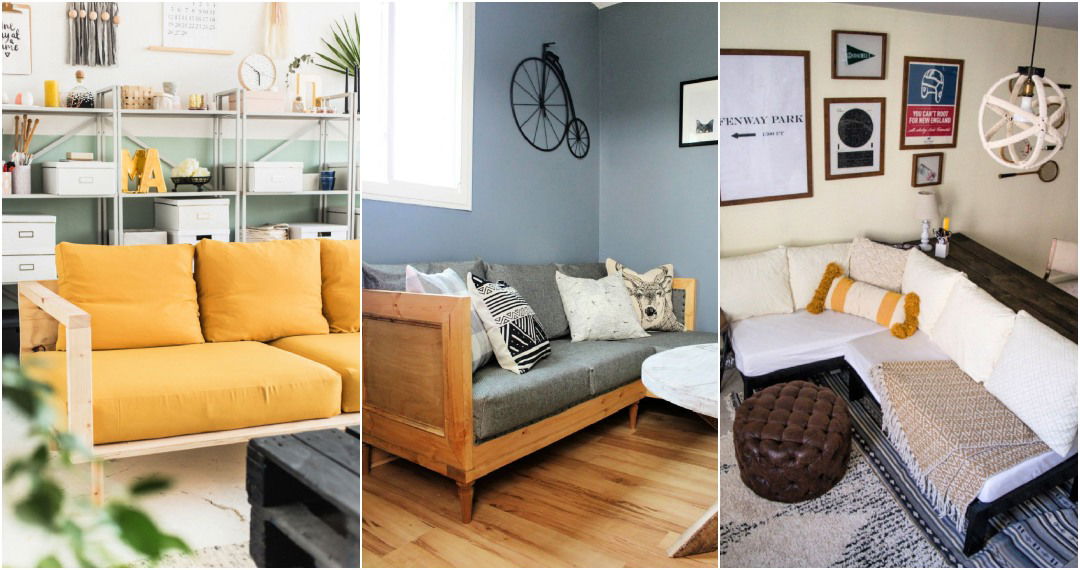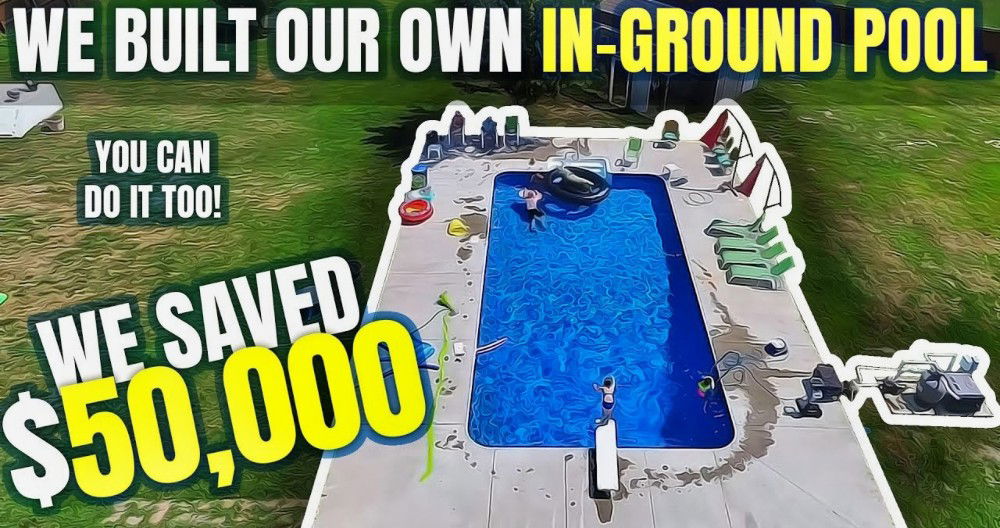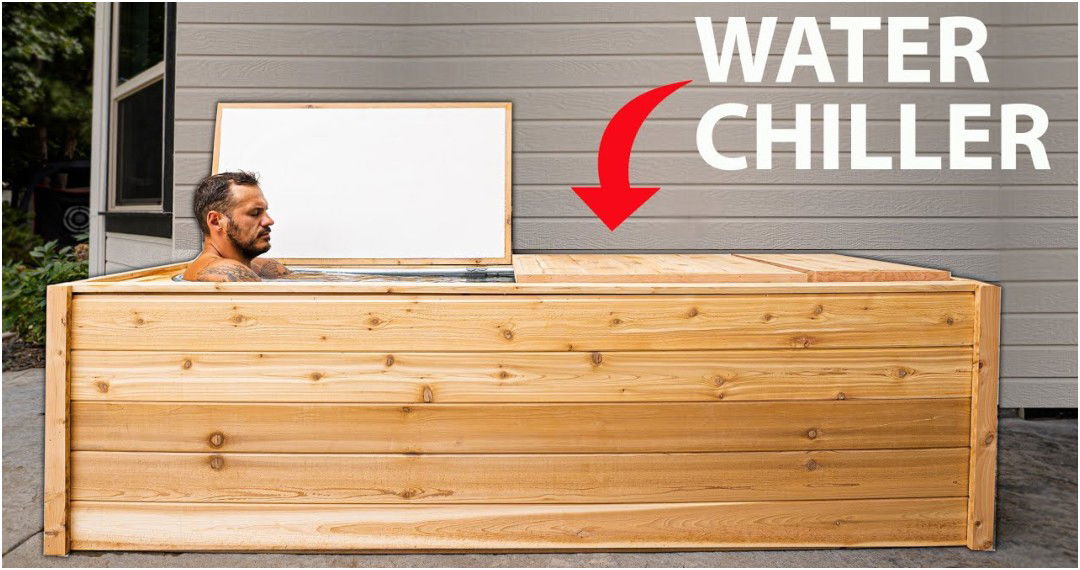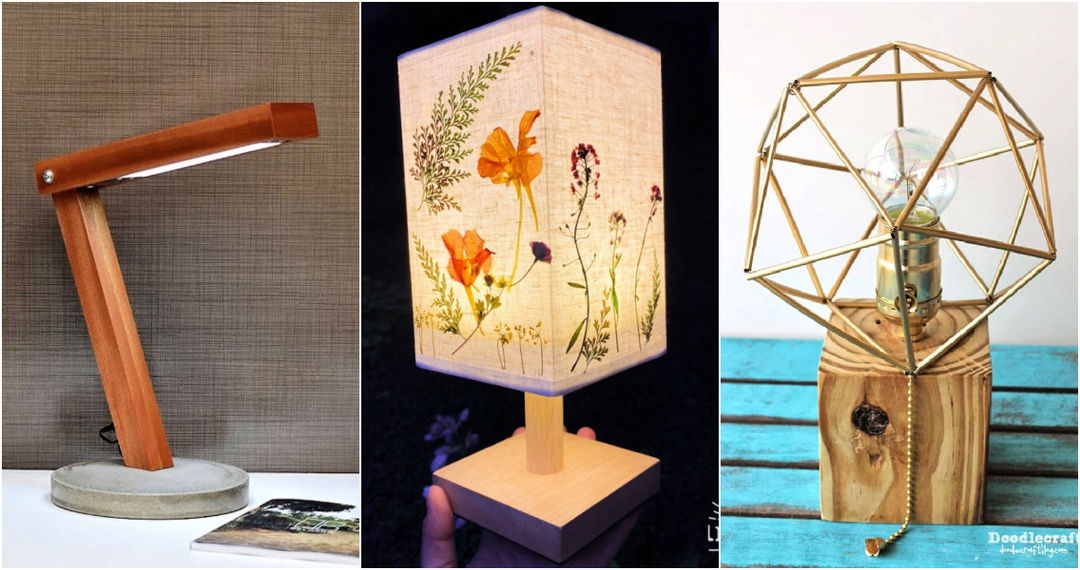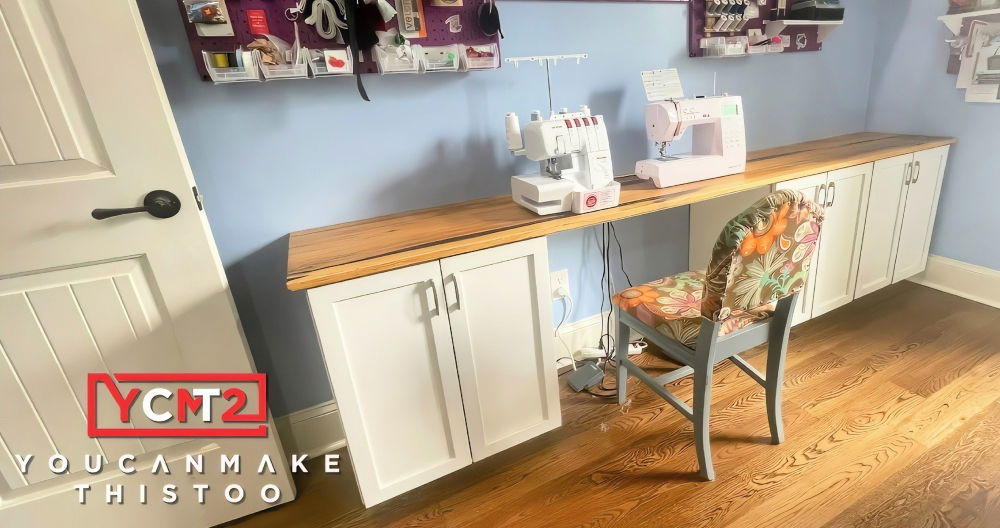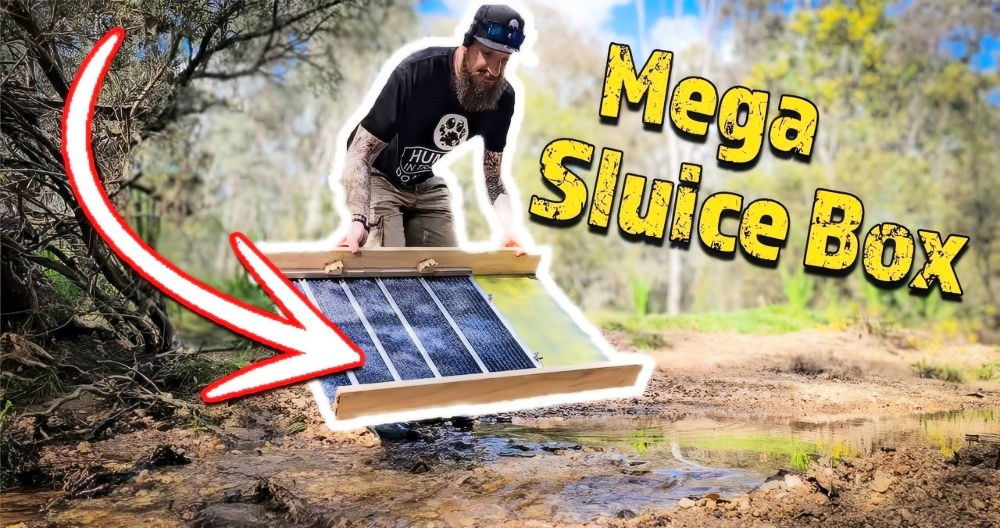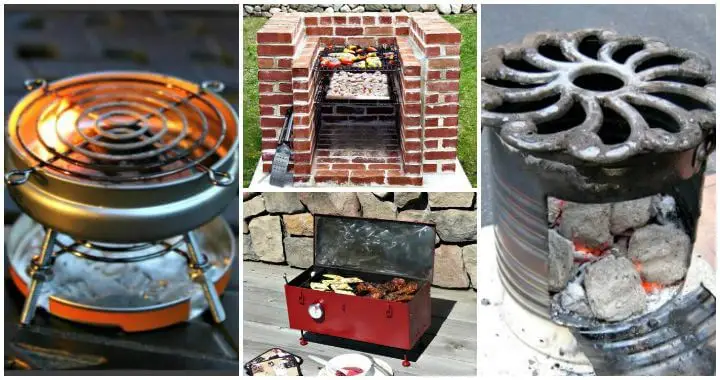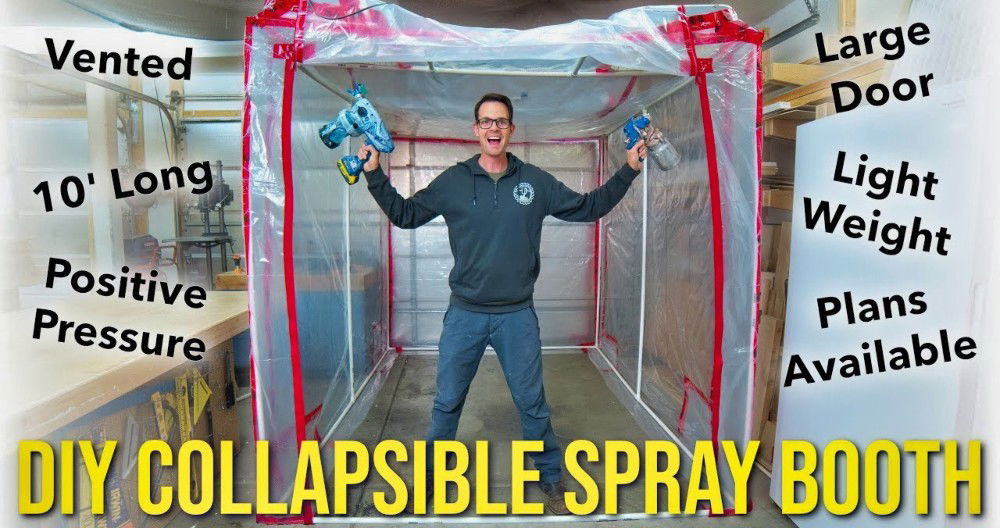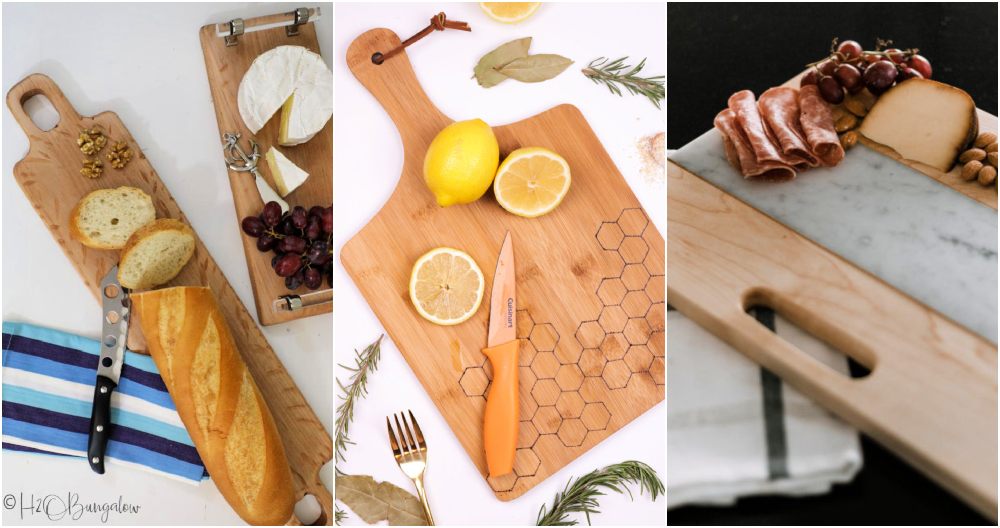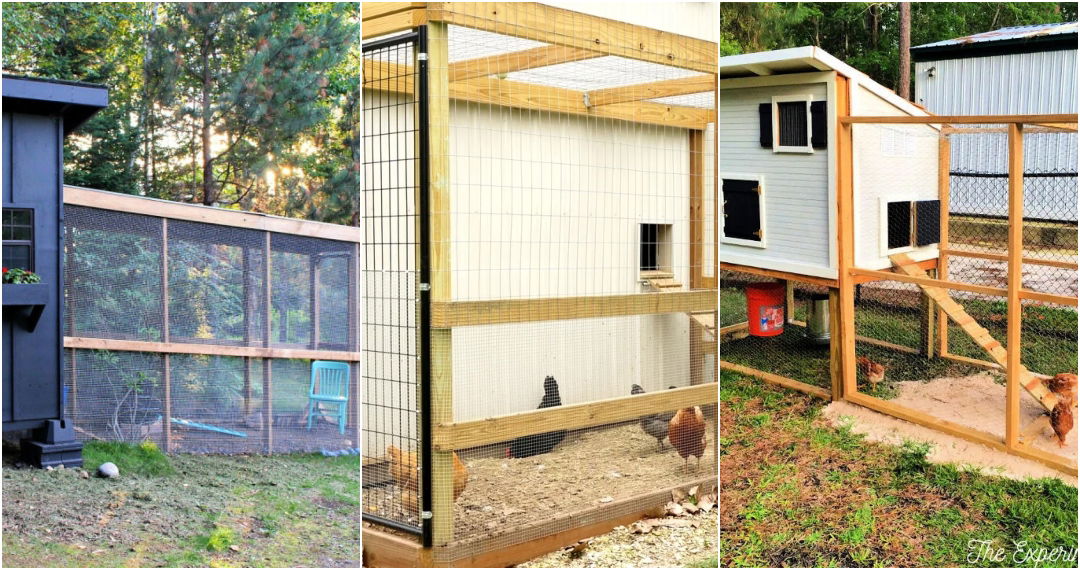DIY Hydroponics is revolutionizing the way we think about gardening, offering a soil-free solution to growing plants. This technique allows for cultivation in environments where traditional farming faces challenges. By focusing on 15 easy DIY hydroponic systems, individuals can grow their own food or beautiful plants, efficiently and cleanly.
This guide aims to provide insightful understanding into what hydroponics involves, the significant benefits it offers, and how it works. It's suitable for people with various levels of interest in gardening, from curious novices to those seeking to optimize their green spaces.
Understanding whether hydroponics is right for you requires exploring the different types of systems available, as well as considering space, commitment level, and the types of plants you wish to grow. This introduction delves into the key factors to consider when choosing a hydroponic system and offers a step-by-step approach to building your own.
By highlighting essential elements like nutrient solutions, PH balance, and lighting requirements, we set you up for success in your hydroponic journey. get ready to explore how you can make a thriving garden in unconventional spaces.
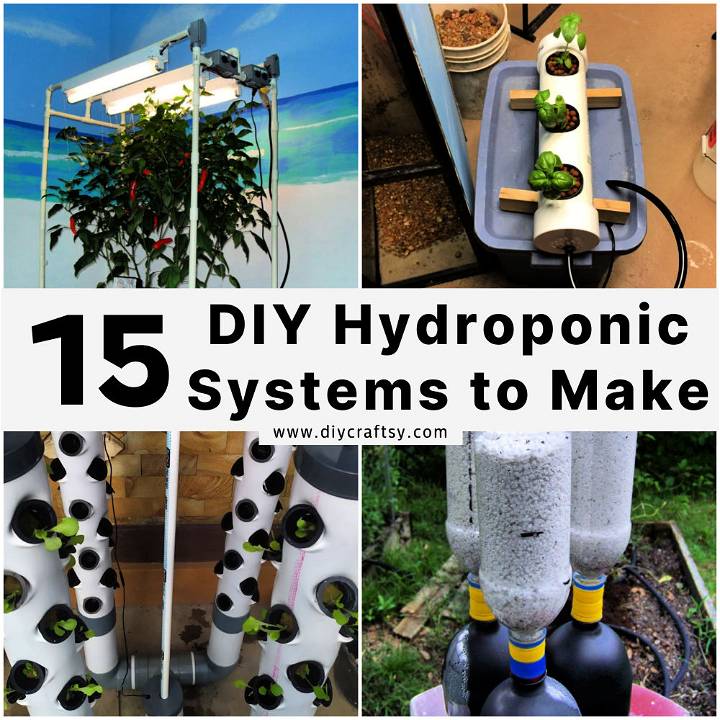
Introduction to Hydroponics
Hydroponics is a fascinating form of gardening that allows plants to grow without soil. Instead, it uses a nutrient-rich water solution to provide food to the plants. This method is not only efficient but also environmentally friendly, as it uses less water than traditional farming and can be set up almost anywhere.
What is Hydroponics?
Hydroponics is a method of growing plants using mineral nutrient solutions in water, without soil. The roots of the plants are submerged in a water solution that is fortified with all the necessary nutrients for the plant's growth. This technique has been used successfully to grow a variety of plants, including vegetables, herbs, and flowers.
Benefits of Hydroponic Gardening
- Water Conservation: Hydroponic systems use up to 90% less water than traditional soil gardens.
- Space Efficiency: You can grow more plants in a smaller area because the roots don't need to spread out in search of nutrients.
- Faster Growth: Plants in hydroponic systems grow 30-50% faster on average than those in soil.
- Year-Round Gardening: With indoor hydroponic systems, you can grow fresh produce all year, regardless of the weather outside.
- No Weeds: Since there's no soil, there are fewer chances for weeds to grow, reducing the need for herbicides.
How Does Hydroponics Work?
Plants need sunlight, carbon dioxide, water, and nutrients to grow. In a hydroponic system, you provide everything directly except for the soil. The roots are supported by an inert medium such as perlite, rockwool, or clay pellets, and a water pump circulates the nutrient solution to the roots, ensuring they get everything they need to thrive.
Is Hydroponics Right for You?
Hydroponics is suitable for anyone interested in gardening, from beginners to experts. It's particularly beneficial for those with limited outdoor space or unsuitable soil conditions. It's also a great educational tool for teaching about plant growth and sustainable practices.
By incorporating hydroponics into your gardening, you're choosing a path that is both innovative and eco-friendly. It's a step towards a greener future, with the added benefit of enjoying fresh, home-grown produce. Dive into the world of hydroponics and experience the joy of soil-less gardening!
Types of Hydroponic Systems
When venturing into the world of hydroponics, you'll encounter various systems, each with its unique setup and benefits. Understanding these systems will help you choose the best one for your DIY project.
Main Hydroponic System Types
- Wick System: The simplest form of hydroponics, the wick system, uses no moving parts. A wick connects the nutrient solution to the growing medium, passively transporting water and nutrients to the plant roots.
- Deep Water Culture (DWC): In this system, plants are suspended in a solution of nutrient-rich, oxygenated water. An air pump keeps the water moving and provides the roots with oxygen, promoting rapid growth.
- Nutrient Film Technique (NFT): A continuous flow of nutrient solution runs over the roots of plants placed in a sloped channel. This method is efficient and uses water effectively, but it requires a bit more setup and maintenance.
- Aeroponics: The most advanced system, aeroponics, mist the roots with a nutrient solution while they hang in the air. This method allows for excellent oxygen exposure and nutrient absorption.
Choosing the Right System
- Space: Consider the amount of space you have. Wick systems and DWC are great for smaller areas, while NFT and aeroponics may require more room.
- Budget: Wick systems are cost-effective, while aeroponics might be on the higher end due to the need for specialized equipment.
- Plants: Leafy greens do well in most systems, but fruiting plants might prefer the stability of DWC or the efficiency of NFT.
Setting Up Your System
- Start Small: Begin with a simple system like the wick or DWC to get a feel for hydroponic gardening.
- Gather Materials: You'll need containers, growing media, nutrients, and possibly pumps or air stones, depending on your system choice.
- Monitor and Adjust: Keep an eye on your system's pH and nutrient levels, adjusting as needed to ensure healthy plant growth.
By understanding hydroponic systems, you can choose the right one for successful gardening. Make a system tailored to your needs for a great growing experience.
Choosing the Right Hydroponic System for Your Space
Selecting the appropriate hydroponic system for your space is crucial for ensuring a successful and rewarding gardening experience. Here's how to make the best choice.
Consider Your Space
Before diving into hydroponics, assess the area you have available. Whether it's a small indoor corner or a larger outdoor patio, there's a hydroponic system that can fit your needs.
Indoor vs. Outdoor
Indoor Systems: If you're limited to indoor spaces, consider systems that are compact and don't require natural sunlight, such as wick or small DWC systems.
Outdoor Systems: With more space outdoors, you can explore larger setups like NFT or aeroponic systems that can take advantage of natural light.
Assess Your Commitment
Hydroponic gardening requires different levels of involvement. Some systems need more monitoring and maintenance than others.
- Low Maintenance: Wick and DWC systems are more forgiving and easier for beginners.
- High Engagement: NFT and aeroponic systems require more attention but can yield impressive results.
Plant Choices
The type of plants you want to grow will influence your system choice. Leafy greens are versatile, while fruiting plants might need more support and space.
Budget Considerations
Your budget will play a role in the complexity of the system you can set up. Simple wick systems are budget-friendly, while aeroponics may require a larger investment.
Environmental Control
If you're growing indoors, consider how you'll control the environment. Temperature, humidity, and light are all factors that will affect your plants' health.
Future Expansion
Think about whether you'll want to expand your system in the future. Starting with a modular system can make adding more plants easier down the line.
By carefully considering these factors, you can choose a hydroponic system that not only fits your space but also aligns with your gardening goals and lifestyle.
How to Build Your Own DIY Hydroponic System
Building a hydroponic system at home can seem daunting, but it's an incredibly efficient and space-saving way to grow herbs and vegetables. This guide will walk you through making a basic hydroponic setup using materials you can find at your local home improvement store. Let's start!
Materials Needed:
- Store-bought trestle
- Gutter brackets (8 pieces)
- Wood screws (5 by 25 mm packet)
- Drill driver with a Phillips bit
- Tape measure, pencil, spirit level
- Primer and water-based paint (optional)
- PVC pipes (110 mm, total 6 meters required)
- Hacksaw, sandpaper, utility knife
- Hole saw attachment (64 mm)
- End caps (10 pieces), T piece fitting (110 mm)
- Conduit piping (20 mm), elbow bends (20 mm, 6 pieces), male screw adapters (20 mm, 6 pieces)
- PVC weld, spade bit (19 mm), pipe cutters
- Hydroponic friendly fertilizer (e.g., nutrifeed)
- Submersible water pump (400 liters/hour capacity)
- Clear tubing for water pump
Step-by-Step Guide:
Building the Structure:
- Prepare the Trestle: Optionally paint the trestle for durability against water exposure. Dry completely.
- Attach Gutter Brackets: Mount 4 gutter brackets onto the trestle, ensuring they are level and spaced evenly to support the PVC pipes. Use wood screws and a drill. Repeat on the opposite side with a slight downward angle for water flow.
Preparing the PVC Pipes:
- Cut PVC Pipes: Using a hacksaw, cut four 1-meter lengths from your PVC pipes. These will serve as the channels for your plants.
- Drill Holes for Plants: Mark evenly spaced points along each pipe for plant sites. Drill holes using the 64 mm hole saw attachment. Clean up edges with sandpaper and a utility knife.
- Prepare End Caps: Drill a 19 mm hole in seven end caps for the water flow system. Attach male screw adapters with PVC weld.
Assembly:
- Attach End Caps to Pipes: Affix end caps to the PVC pipes, ensuring correct orientation for water flow. Use PVC weld for a secure fit.
- Set Up Water Reservoir: Connect one PVC pipe to a T-piece at the bottom trestle level to act as a reservoir. This will connect to the submersible pump.
- Link the Pipes: Use the conduit piping and elbow bends to connect the PVC channels, making a pathway for the water to flow from the top to the bottom, back to the reservoir.
Finalizing Your System:
- Install the Water Pump: Place the submersible pump in the reservoir (bottom level). Connect it to the top PVC pipe using clear tubing. Ensure all connections are secure and there is a pathway for the pump cable.
- Water and Fertilizer: Fill the system with approximately 30 liters of water. Mix in the hydroponic fertilizer according to the package instructions.
Video Tutorial
For a step-by-step video tutorial on building your hydroponics system, watch this YouTube video.
It pairs well with this written guide, offering visual aids and insights into each step of the process.
You've just built your own hydroponic system. A little effort can bring sustainable gardening into your home, even in the smallest spaces. Enjoy the thrill of growing your own vegetables and herbs.
Nutrient Solutions and PH Balance
Making the perfect environment for your plants involves more than just water; it requires a balanced nutrient solution and maintaining the right pH level. Here's how to manage these crucial aspects of your hydroponic system.
Understanding Nutrient Solutions
Nutrient solutions are the lifeblood of hydroponic systems. They provide the essential elements that plants typically get from the soil.
Key Components:
- Macronutrients: Nitrogen, phosphorus, and potassium are vital for plant growth.
- Micronutrients: Elements like iron, manganese, and zinc, though needed in smaller amounts, are just as important.
Preparing Your Nutrient Solution
Start with a commercial hydroponic nutrient mix, which will have a balanced composition suitable for most plants. Follow the instructions carefully to mix it with water.
The Role of pH
The pH level of your nutrient solution affects how well your plants can absorb nutrients.
- Ideal pH Range: For most plants, a pH between 5.5 and 6.5 is optimal.
- Testing pH: Use pH test strips or a digital pH meter to regularly check the pH of your solution.
- Adjusting pH: If the pH is too high or too low, use pH up or down solutions to adjust it.
Monitoring and Adjusting
- Regular Checks: Test your nutrient solution's pH and electrical conductivity (EC) weekly.
- EC Levels: The EC measures how many nutrients are in the water. Adjust the nutrient concentration if the EC is too high or too low.
Tips for Success
- Keep Records: Note the pH and EC levels each time you check them to track your system's performance.
- Clean Regularly: Clean your system and replace the nutrient solution every few weeks to prevent the buildup of salts and bacteria.
By understanding and managing your nutrient solutions and pH levels, you'll ensure that your hydroponic plants have the best possible conditions to thrive.
Lighting Requirements for Hydroponic Systems
Proper lighting is a critical component of hydroponic gardening, especially for indoor setups. Here's how to ensure your plants get the light they need to flourish.
Understanding Plant Lighting Needs
Plants require light to perform photosynthesis, the process by which they convert light energy into chemical energy. In hydroponics, providing the right type and amount of light is essential for healthy plant growth.
Types of Grow Lights
- Fluorescent Lights: Ideal for beginners and small-scale gardeners, fluorescent lights are energy-efficient and provide adequate light for low-light plants like herbs and lettuce.
- LED Grow Lights: These are more energy-efficient and have a longer lifespan than fluorescent lights. They are suitable for a wide range of plants and can be customized to emit specific light wavelengths.
- High-Intensity Discharge (HID) Lights: These lights are powerful and great for larger hydroponic setups. They come in two types: Metal Halide (MH) for vegetative growth and High-Pressure Sodium (HPS) for flowering and fruiting stages.
Determining Light Intensity and Duration
- Intensity: The brightness of the light, measured in lumens, should be sufficient for the type of plants you're growing.
- Duration: Most plants require 14-16 hours of light per day. Use a timer to regulate light cycles and mimic natural daylight patterns.
Positioning Your Lights
- Distance: Keep lights close enough to provide adequate light but far enough to prevent heat damage. Adjust the distance as your plants grow.
- Coverage: Ensure the light covers the entire growing area evenly so all plants receive light.
Monitoring and Adjusting
- Observe Plant Response: Look for signs of too much or too little light, such as leaf burn or elongated stems, and adjust accordingly.
- Rotate Plants: Rotate your plants regularly to ensure even light exposure.
By selecting the right grow lights and managing light intensity and duration, you can make an optimal environment for your hydroponic plants to thrive. The goal is to simulate the best conditions of natural sunlight to support your plants' growth and development.
Plant Selection and Care in Hydroponics
Choosing the right plants for your hydroponic system and providing them with proper care is key to a thriving garden. Here's how to ensure your plants are well-suited and well-tended in a hydroponic setup.
Selecting Plants for Hydroponics
When selecting plants for your hydroponic system, consider the following:
- Growth Habit: Opt for plants that have a growth habit that is compatible with your system's design.
- Nutrient Requirements: Ensure the plants have similar nutrient needs to simplify the feeding process.
- Harvest Time: Group plants with similar harvest times together for efficiency.
Ideal Plants for Beginners:
- Lettuce
- Spinach
- Herbs (such as basil and mint)
For More Experienced Gardeners:
- Tomatoes
- Peppers
- Cucumbers
Caring for Your Hydroponic Plants
Proper care is essential for plant health and productivity. Here are some tips:
- Monitor Nutrient Solutions: Regularly check and adjust the nutrient concentration and pH levels.
- Prune Regularly: Remove dead or yellowing leaves to encourage new growth and prevent disease.
- Pest Management: Keep an eye out for pests and manage them promptly using non-toxic methods.
Ensuring Healthy Growth
- Adequate Spacing: Give each plant enough space to grow without competing for light or nutrients.
- Support Structures: Use trellises or stakes for vining plants to ensure they grow properly.
- Regular Observation: Spend time with your plants to spot any issues early and address them quickly.
By carefully selecting and caring for your plants, you can enjoy a lush and productive hydroponic garden. Remember, the key to success is understanding the specific needs of your plants and being attentive to their care.
Troubleshooting Common Problems in Hydroponics
Even the most well-maintained hydroponic systems can encounter issues. Being prepared to identify and address common problems will keep your garden thriving. Here's a guide to help you troubleshoot effectively.
Identifying Common Issues
- Nutrient Deficiencies: Plants showing signs of yellowing leaves or stunted growth may lack essential nutrients.
- Root Rot: Brown, slimy roots indicate poor oxygenation or overwatering.
- Pests and Diseases: Keep an eye out for insects or unusual spots on leaves, which could signal an infestation or infection.
Solutions for Healthy Plants
- Balanced Feeding: Ensure your nutrient solution has the right balance of essential elements. Regularly check and adjust the pH and EC levels.
- Adequate Oxygenation: Use air stones or pumps to keep the water oxygenated, preventing root rot.
- Pest Control: Introduce beneficial insects or use organic pesticides to manage pests without harming your plants.
Preventative Measures
- Regular Maintenance: Clean your system and change the water regularly to prevent the buildup of harmful pathogens.
- Environmental Control: Monitor temperature and humidity to make an environment less conducive to pests and diseases.
- Plant Inspection: Regularly inspect your plants for early signs of trouble and take action immediately.
By staying vigilant and addressing issues promptly, you can ensure that your hydroponic garden remains a productive and enjoyable endeavor. Prevention is key, and a little attention goes a long way in maintaining the health of your plants.
Advancements in Hydroponic Technology
The field of hydroponics is continually evolving, with new technologies enhancing the way we grow plants without soil. Let's explore some of the latest advancements that are making hydroponics more efficient and accessible.
Cutting-Edge Developments
- Smart Monitoring Systems: New sensor technology allows for real-time monitoring of nutrient levels, pH, temperature, and humidity, making it easier to maintain optimal growing conditions.
- LED Lighting Innovations: Advances in LED technology provide a full spectrum of light, mimicking natural sunlight more closely and promoting healthier plant growth.
- Automated Systems: Automation in hydroponics has led to systems that can self-regulate feeding schedules, water cycles, and even harvest plants.
The Impact of Technology on Hydroponics
These technological advancements have several benefits:
- Increased Efficiency: Automated systems reduce the time and effort required to manage a hydroponic garden.
- Improved Plant Health: Smart monitoring ensures plants receive exactly what they need, resulting in higher yields and better quality produce.
- Accessibility: Technology has made hydroponics more user-friendly, encouraging more people to try this sustainable method of gardening.
Embracing the Future
As hydroponic technology continues to advance, we can expect even more innovative solutions to emerge. These developments not only make hydroponic gardening more effective but also contribute to a more sustainable future in food production.
By staying informed about these advancements, you can incorporate them into your hydroponic system, ensuring that your garden is at the forefront of modern agricultural practices.
Frequently Asked Questions About Hydroponics
Discover answers to all your hydroponics questions in this comprehensive FAQ guide. Learn the basics, benefits, and tips for successful hydroponic gardening.
What is hydroponics?
Hydroponics is a method of growing plants without soil, using mineral nutrient solutions in a water solvent. This allows plants to receive nutrients directly to their roots, often resulting in faster growth and higher yields.
How does hydroponics save water?
Hydroponic systems recycle water, meaning the same water is used multiple times to nourish plants, leading to up to 90% less water used compared to traditional soil gardening.
Can I convert my traditional garden to a hydroponic system?
Yes, you can convert a traditional garden to a hydroponic system. The process involves setting up a suitable hydroponic setup and transferring your plants to the new system with care to avoid shock.
What plants can I grow with hydroponics?
Most plants can be grown hydroponically, but some of the easiest for beginners include lettuce, herbs, spinach, and strawberries. More experienced gardeners might try tomatoes, peppers, or cucumbers.
Do hydroponic plants grow faster than soil-grown plants?
Yes, hydroponic plants often grow faster than soil-grown plants because they receive an optimal balance of nutrients and water directly to their roots, and there's no competition for these resources.
Is hydroponic food as nutritious as soil-grown food?
Hydroponic food can be just as nutritious as soil-grown food, if not more so, because the nutrient levels can be precisely controlled and optimized for each plant.
What is the best hydroponic system for beginners?
The best hydroponic system for beginners is typically a deep water culture (DWC) or wick system due to its simplicity and low maintenance requirements.
How often should I change the nutrient solution in my hydroponic system?
You should change the nutrient solution in your hydroponic system every two to three weeks to prevent nutrient imbalances and the buildup of salts and other residues.
Can hydroponic systems be organic?
Yes, hydroponic systems can be organic if you use organic nutrient solutions and avoid synthetic pesticides and herbicides.
What are the common problems in hydroponics and how can I solve them?
Common problems in hydroponics include nutrient deficiencies, pH imbalances, and pests. These can be solved by regularly checking and adjusting your nutrient solution, maintaining the correct pH level, and using non-toxic pest control methods.
By addressing these FAQs, you can gain a better understanding of hydroponics and feel more confident in starting or maintaining your hydroponic garden. The key to success is knowledge and attention to your plants' needs.
15 Homemade DIY Hydroponic Systems
Discover 15 homemade DIY hydroponic systems for your garden. From simple setups to advanced designs, find the perfect solution for growing plants indoors.
1. Solar Thermally Pumped Hydroponic System
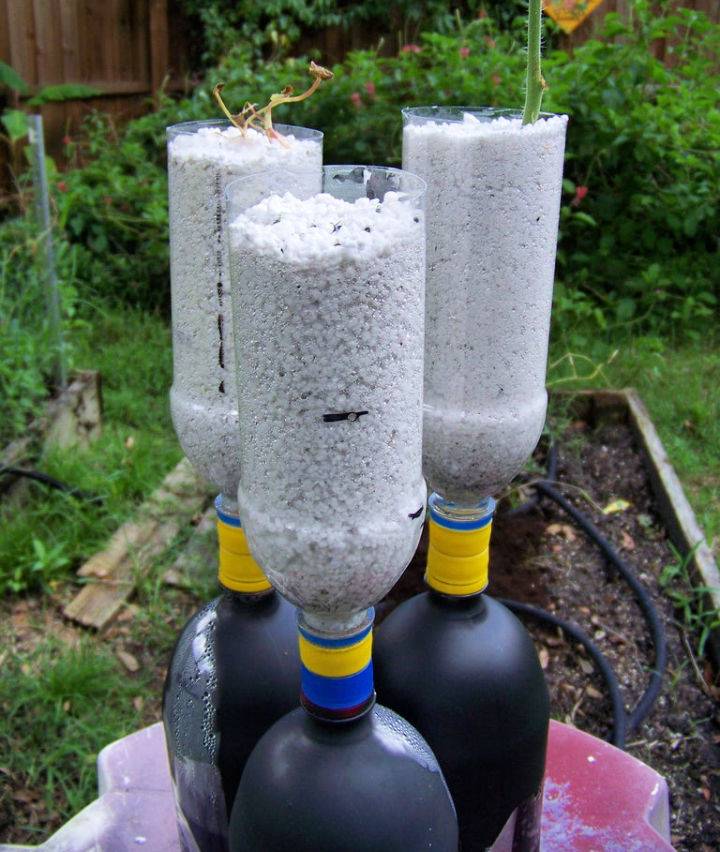
Build a cost-effective and productive homemade hydroponic system using readily available materials and our helpful instructions. Delve into eco-conscious solutions to grow your plants with the solar thermally pumped hydroponic system. This innovative DIY approach harnesses the power of the sun to circulate water in a hydroponic setup, offering an energy-efficient solution for your gardening needs.
Ideal for those seeking sustainable methods to cultivate plants, this system reduces reliance on electrical pumps, emphasizing eco-friendliness and cost-effectiveness. For a detailed guide on setting up this system, visit Instructables. Perfect for enthusiasts and green thumbs aiming for a more sustainable future.
2. Make a Dutch Bucket Hydroponic System
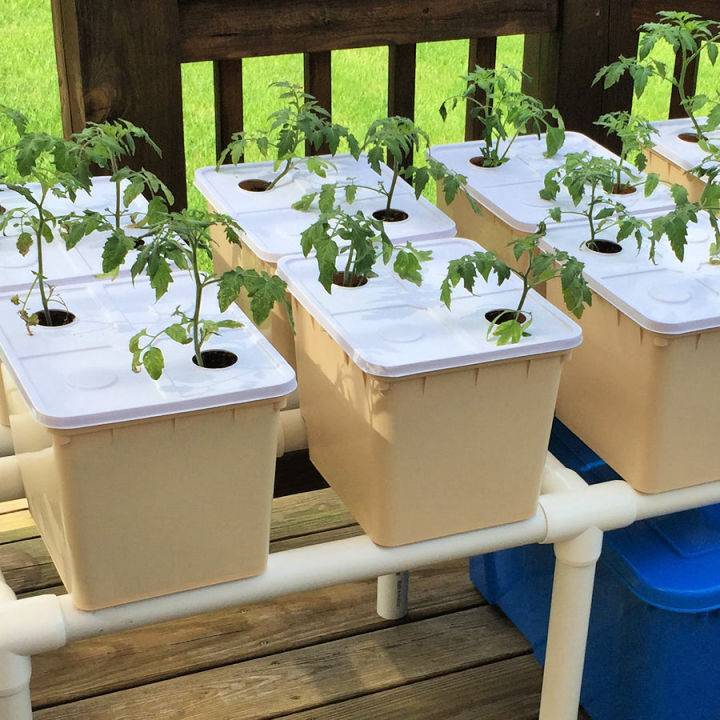
Explore the sustainable world of hydroponic gardening and learn how a DIY Dutch Bucket System can enhance your cultivation efforts. Perfect for individuals keen on self-sufficiency or anyone wanting to maximize small spaces for year-round gardening. Discover the simplicity of setting up Dutch Bato Buckets, ideal for growing a variety of crops with ease.
Dive deeper into this helpful guide, becoming equipped with knowledge on making an efficient, water-conserving garden that yields healthier, faster-growing plants. Gain insight into the essentials for building your DIY system, and embark on a fulfilling path to sustainable gardening today.
3. DIY Indoor DWC Hydroponics System
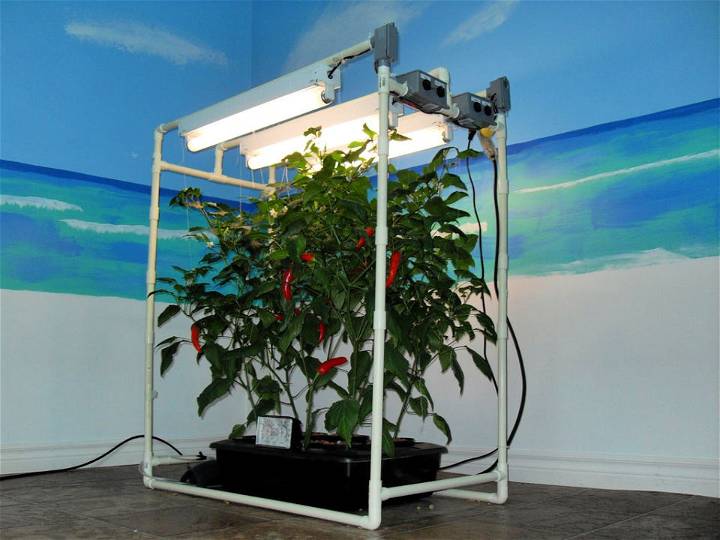
Grow your indoor garden effortlessly with a deep water culture (DWC) hydroponics system. This DIY guide walks you through building a system that automates the growing process for you. Ideal for plants like banana peppers, this setup thrives under artificial light, ensuring lush growth indoors.
Running on a mere 65 watts, it's cost-efficient, only requiring about 9 cents a day to maintain. The guide updates you on modifications for enhanced efficiency and suggests easy-to-follow steps for beginners. With this system, enjoy fresh produce right from the comfort of your home, even during the snow season.
4. Kratky Mason Jar Hydroponic System Method
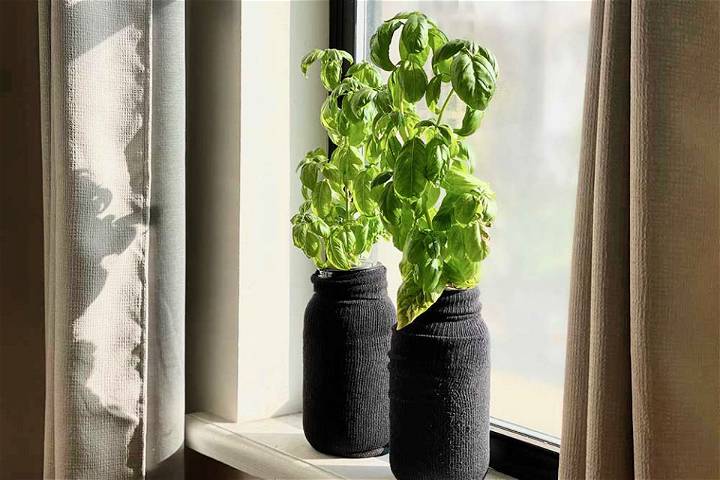
Grow fresh produce year-round with our comprehensive guide to creating a DIY indoor hydroponic garden. Get the simplicity of setting up your own Kratky mason jar hydroponic system, perfect for growing herbs, lettuces, and veggies indoors! This minimal-maintenance, cost-effective DIY method requires just a few affordable materials to get started.
Explore a step-by-step guide that breaks down the essentials - from the unique non-circulating hydroponic method developed by Bernard A. Kratky to the equipment you'll need. Whether it's selecting the right mason jars, net cups, or nutrients, this approach is ideal for those wishing to grow plants indoors hassle-free. For a detailed overview and more insights, click on the link and head over to Sher She Grows.
5. How to Make a NFT Hydroponic System
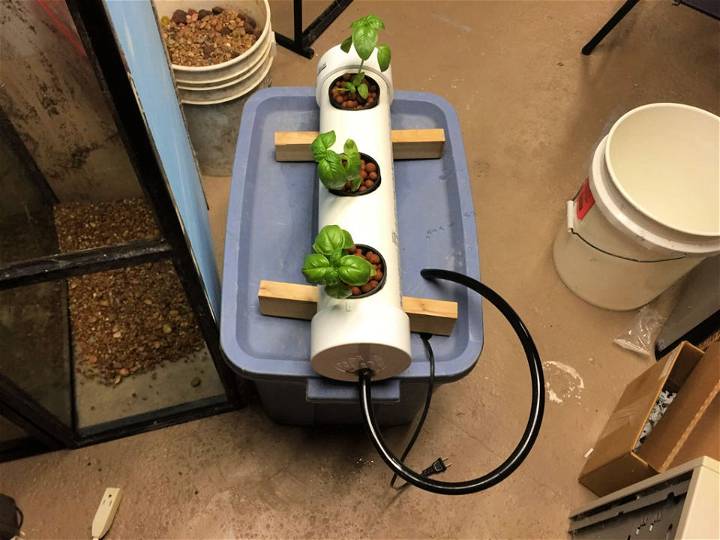
Make a Nutrient Film Technique (NFT) hydroponics system with a clear, step-by-step DIY guide at Instructables. Perfect for garden enthusiasts eager to explore hydroponics, this resource breaks down each part of the process in an easy-to-understand manner.
Learn how to make a system that supports plant growth efficiently, utilizing minimal space. Ideal for those looking to grow their fresh produce year-round, this guide ensures you have all the necessary information to get started on your hydroponic gardening adventure.
6. Hydroponic Drip System Using 5 Gallon Bucket
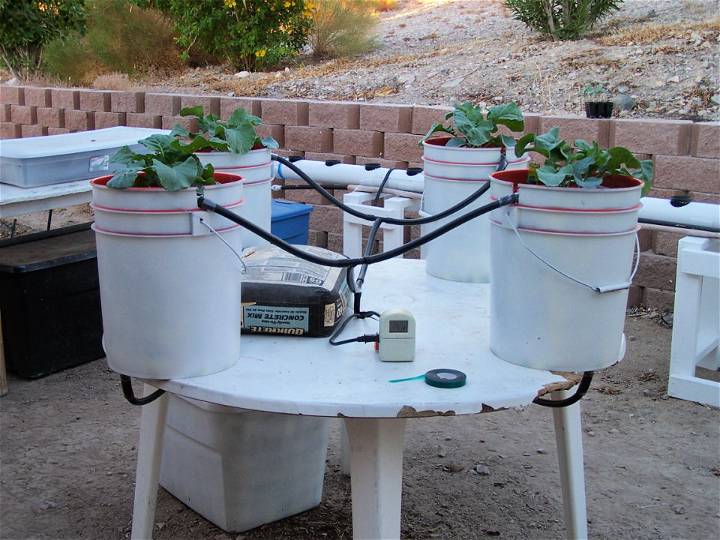
Build a sustainable and efficient DIY hydroponic system with our step-by-step guide and expert tips. Make a DIY hydroponic drip system with ease at HomeHydroSystems. Designed for growing 4 plants, these plans are adaptable for any number of plants and various bucket sizes. All necessary components can be obtained for under $100, making this an affordable option for home gardeners.
Follow simple steps to build, from securing materials locally to preparing buckets for plant growth. This guide ensures your setup blocks light efficiently, helping prevent algae growth, and details on maintaining an ideal flow in your system. Start your hydroponic gardening journey today!
7. Basic Ebb and Flow Hydroponic System
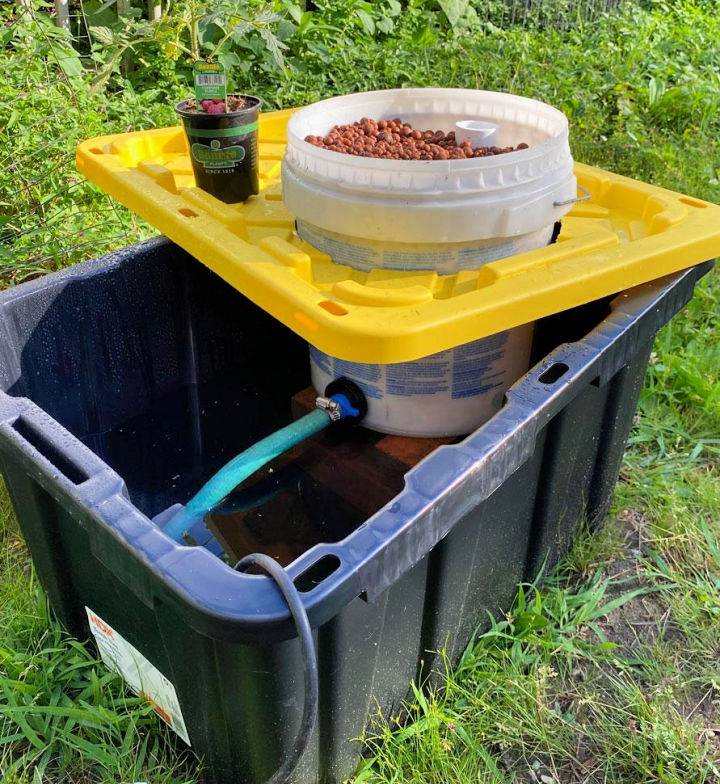
Learn how to set up a simpleDIY hydroponic system with materials you might already have at home. Perfect for growing large plants like the Cherokee Purple Tomato, this basic ebb and flow system ensures your plants receive water, nutrients, and oxygen efficiently. Utilizing a fountain pump and a Raspberry Pi for timing, you can maintain optimal conditions with minimal effort.
Ideal for those who love to innovate, this guide walks you through making a nurturing environment for your plant, offering a straightforward approach to hydroponics. Whether reusing 5-gallon buckets or customizing with available tools, start your hydroponic gardening adventure here.
8. DIY 5 Gallon Bucket DWC system
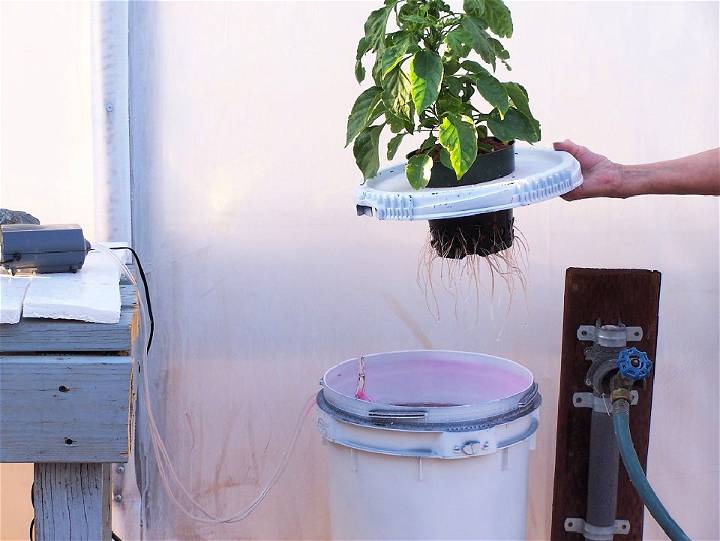
Learn how to build a cheap hydroponic system that yields impressive results without breaking the bank. Make your own five-gallon bucket DWC hydroponic system with ease. This DIY setup is perfect for cultivating small to medium-sized plants efficiently and affordably. From using readily available materials to incorporating simple DIY techniques, this guide ensures you can start your hydroponics journey without hassle.
For a detailed parts list and step-by-step instructions, visit Home Hydro Systems. Whether repurposing household items or crafting specialized components, this resource makes setting up your hydroponic garden accessible and enjoyable. Happy gardening!
9. Homemade Hydroponic Window Farm
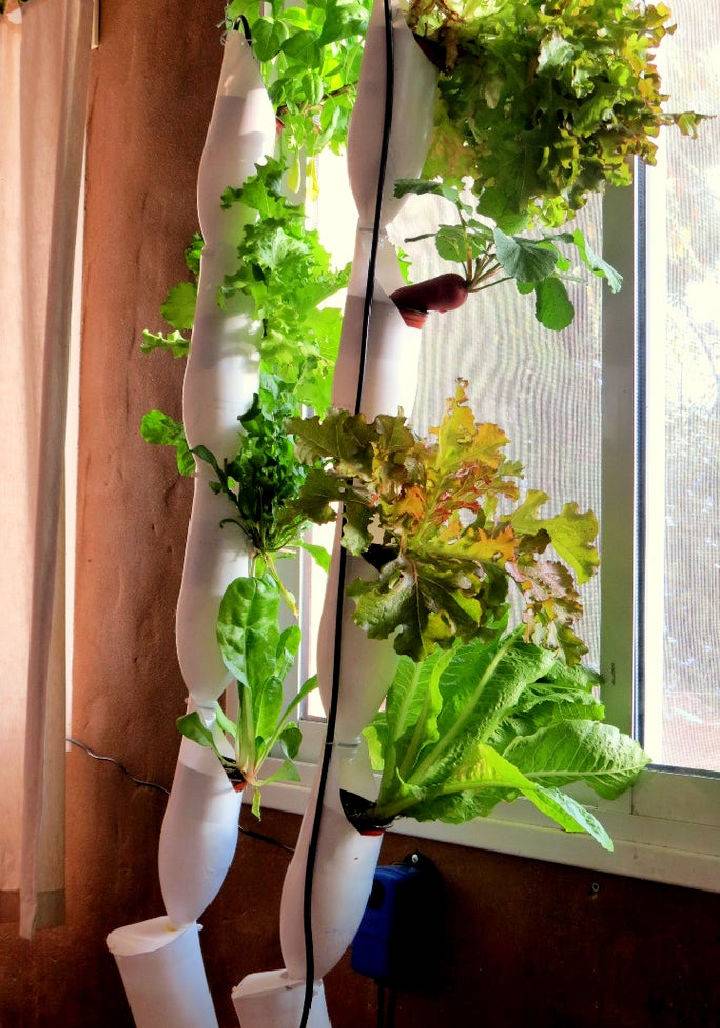
Discover the benefits of DIY hydroponics and learn how to create your own thriving soilless garden at home. Explore how to bring a green touch to your urban space with a hydroponic window farm. This innovative DIY project enables you to grow your herbs, vegetables, and flowers indoors, using minimal space and resources. Perfect for those living in apartments or with limited outdoor areas, hydroponic window farming harnesses the power of water, nutrients, and sunlight directly from your window.
For a detailed guide on how to start your own, visit Instructables. Start growing fresh produce right in your living room, kitchen, or any space with natural light. Simple, efficient, and eco-friendly, this method transforms gardening for the modern grower.
10. Making a Hydroponic Herb Garden
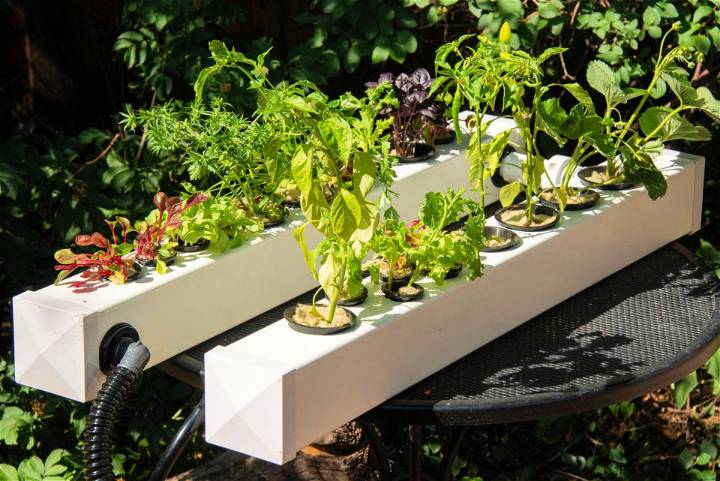
Build a DIY hydroponic garden with this easy guide. Growing plants at home has never been simpler, thanks to the instructions provided by Family Handyman. Learn the essentials of assembling a hydroponic system that suits your space. It's an engaging way to foster healthy, thriving plants indoors. Perfect for those eager to integrate more greenery into their lives without the need for soil.
11. Vertical PVC Pipe Hydroponic System
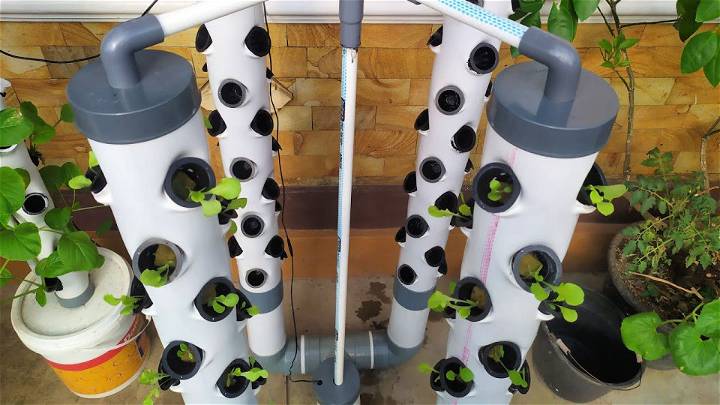
Learn how to build a vertical hydroponic system with four towers through a straightforward DIY guide. This video walks you through each step using essential tools like PVC pipes, pipe connectors, a heat gun, and PVC glue. Perfect for those aiming to maximize their gardening space efficiently.
The instruction focuses on practicality and sustainability, making it suitable for anyone interested in hydroponics. Start your vertical farming project today by understanding the basics of assembling your hydroponic towers.
12. Easy DIY Aeroponics Garden Tower
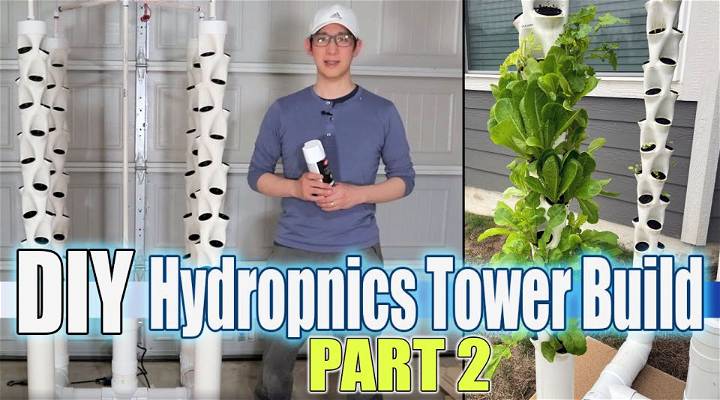
Elevate your gardening game with the detailed DIY tutorial on constructing a 4-tower hydroponic and aeroponic garden. Watch how to expand your single-tower setup to efficiently grow over 132 plants.
This guide covers everything from cutting PVC pipes to securing plant pods, ensuring your build is more stable, efficient, and maintenance-friendly. Learn to make a system that supports a wide variety of fruits and vegetables all year round, using improvements based on real-world testing for a gardening solution that's both highly productive and visually appealing.
13. Building a Floating Raft Hydroponic System
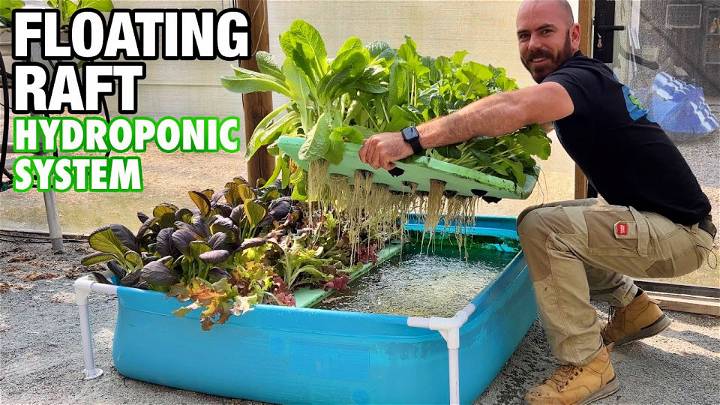
Transform your space into a lush oasis with our beginner-friendly guide on how to build a hydroponic garden. Set up a cost-efficient, low-maintenance DIY floating raft hydroponic system with simple materials and no electricity required. Perfect for growing leafy greens, this passive system offers a sustainable gardening solution. Watch the tutorial by following this video guide.
Learn to use extruded foam panels for buoyancy and choose the right grow media for your plants. Ideal for families looking to produce their greens, this guide demonstrates an effective way to garden with minimal effort. Start growing your hydroponic garden today!
14. Cheap and Easy Aquaponics for Under $35
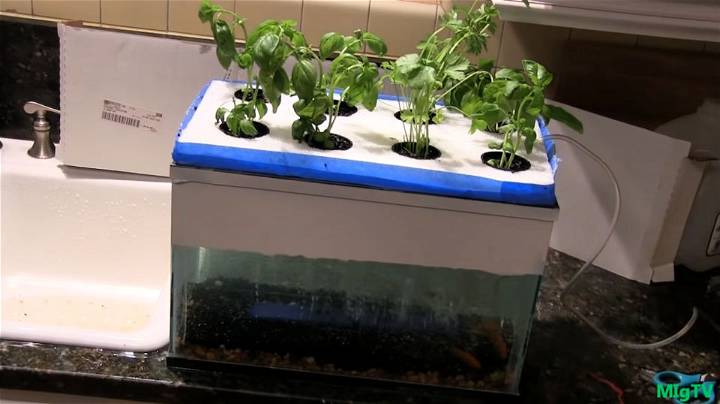
Discover a budget-friendly DIY way to grow your sustainable garden with the MIgardener's Aquaponics/Hydroponics setup guide. This engaging tutorial makes it easy to understand how you can start a productive garden without breaking the bank.
Ideal for those eager to cultivate their green thumb, it demonstrates how simple it is to maintain a thriving garden that can yield fresh, nutritious produce right at home. Perfect for gardening enthusiasts seeking an efficient and cost-effective solution.
15. Home DWC Hydroponics and Fogponics
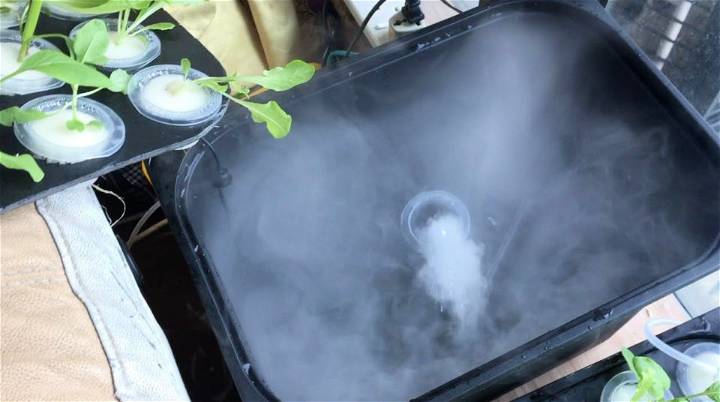
Build your indoor garden with DIY home DWC hydroponics and fogponics, complete with an adjustable grow light. An ideal way to grow vegetables in small spaces without the mess of soil. This system combines deep water culture and aeroponics, promising a more efficient and cooler running operation.
You'll only need one tank and an easy setup process, though keeping an eye on water temperatures is necessary. For a detailed guide on constructing this system and optimizing plant growth with LED lights, check out the instructional video here. Perfect for those wanting fresh veggies right from their apartment.
Conclusion:
In conclusion, the journey to mastering your own DIY hydroponic system doesn't have to be overwhelming. By understanding the basics of hydroponics, selecting the right system for your space, and acquiring the necessary materials and knowledge for construction, you're setting yourself up for success. Remember, the benefits of hydroponic gardening are immense, from saving water to faster plant growth and the ability to grow plants year-round, regardless of climate conditions.
As you embark on this exciting adventure, keep in mind the importance of nutrient solutions and pH balance, suitable lighting, and the right plant selection and care. With patience and dedication, you'll soon enjoy the rewards of your very own DIY hydroponic system. Happy gardening!


